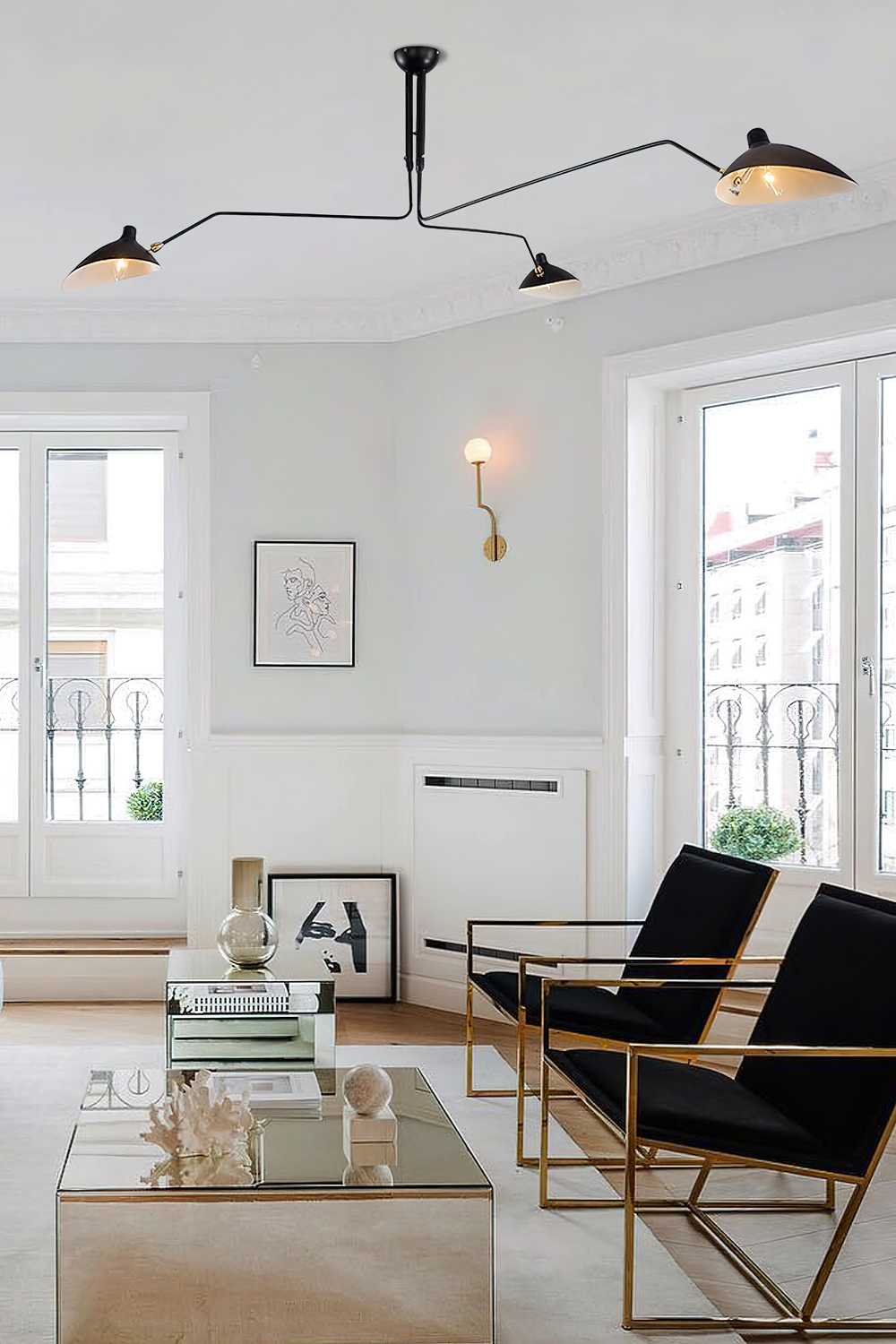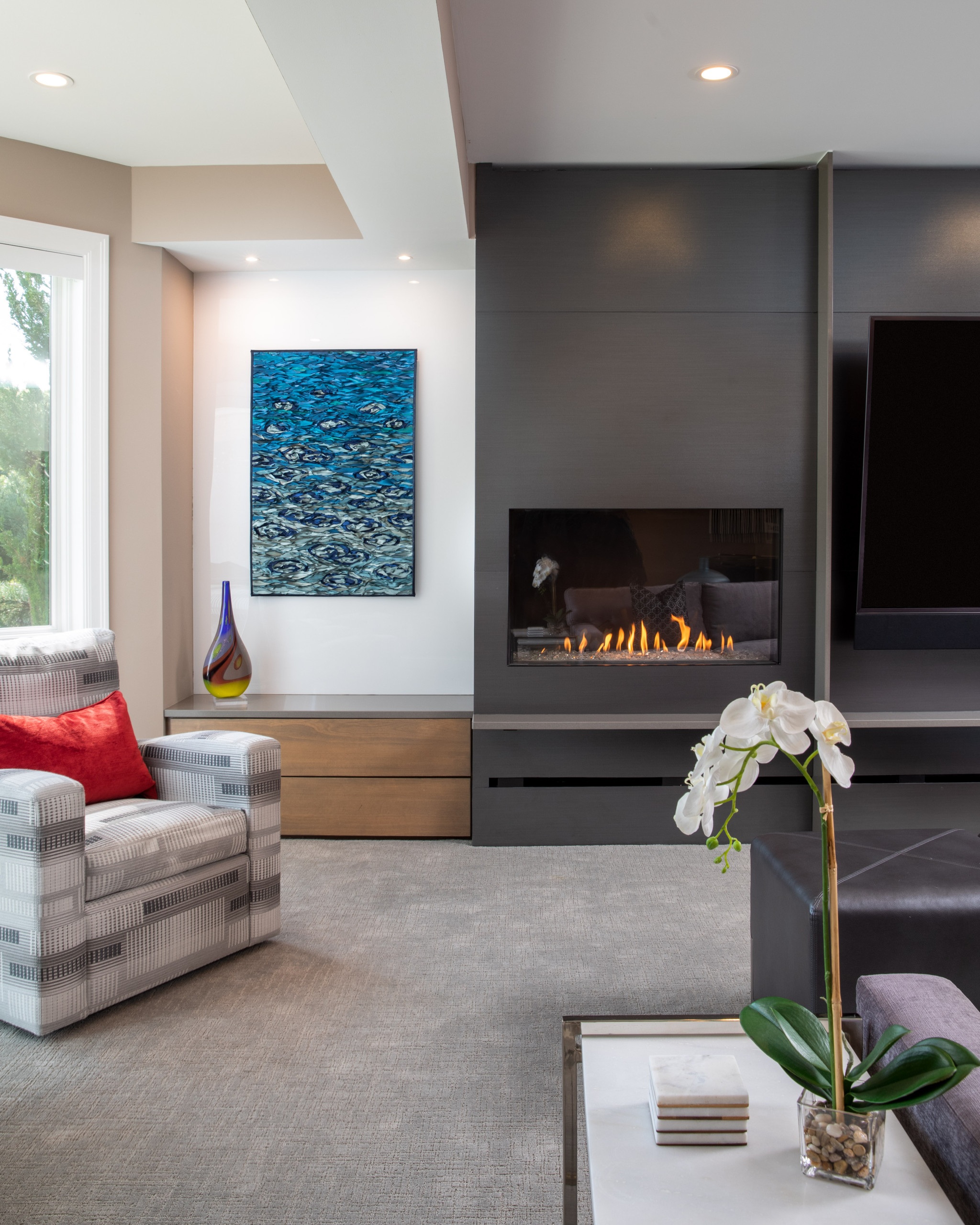Client feedback, Store News
Ceiling Lighting: Enhancing Your Space!
Ceiling lights are an essential source of ambient and task lighting in modern homes, providing functionality and style. With a wide range of options available, you can easily find the perfect ceiling light that complements your decor and meets your lighting needs.
Choosing the Ceiling Light
To ensure the ideal fit for your space, consider a few key factors when selecting a ceiling light.
Determine appropriate clearance: Ensure that there is sufficient space between the light fixture and household traffic areas. Allow doors to swing freely without hitting the light, and maintain a clearance of 6’8″ to 7′ from the fixture bottom to the floor to facilitate safe movement.
Consider location-specific requirements: In areas prone to moisture, like bathrooms, install lights at least 3′ away from shower or bath entries. If placing a light inside a bath or shower alcove, ensure it is rated for wet locations and maintain an 8′ clearance from the tub.
Check wet/damp location rating: Always verify that the lighting fixtures are suitable for wet or damp environments, such as bathrooms, laundry rooms, or outdoor areas.
Avoid Overcrowding
To prevent excessive clutter, maintain at least 8′ of space between ceiling light fixtures along a hallway or ceiling line, allowing the ambient light to overlap without overwhelming the space. This guideline may not be as crucial for pendant lights, track lighting, or other directional options.
Determining Fixture Size
Calculate the appropriate diameter of the ceiling light fixture using the following formula:
Room length + room width (in feet) = fixture diameter (in inches)
For example, in a room measuring 9′ by 15′, the diameter of the light should be no more than 24 inches.
Considering Fixture Height
To determine the ideal height for ceiling light fixtures, such as ceiling fans or pendant lamps, use the following formulas:
Room height x 2.5″ = fixture height minimum (in inches)
Room height x 3″ = fixture height maximum (in inches)
Maintain a clearance of 6’8″ between the floor and the bottom of the light fixture for comfortable walking space. Hugger ceiling fans or track lighting can be great alternatives for accommodating these requirements in kitchen or dining areas, while chandeliers and pendants can be safely installed over islands or bars.
Types of Ceiling Lights
There is a wide variety of ceiling light styles available to suit different preferences and design aesthetics:
Flush Mounts & Semi Flush Mounts: These lights are installed close to or against the ceiling, providing ample light coverage while minimizing their visual presence.
Pendants & Chandeliers: These lights offer decorative accent lighting, making artistic statements and enhancing the overall aesthetic of the space.
Spot & Accent Lights: These lights allow you to direct the light precisely where needed, ideal for both task-oriented work and highlighting specific areas.
Fixed Rail Lights & Track Lighting: This modern and industrial-style lighting option offers versatility and creativity in designing the lighting layout for the entire room.
Ceiling Fans with Lights: Combining traditional functionality with modern features like remote operation and dimmable illumination, ceiling fans with lights are a multi-functional lighting solution.
Recessed Lighting: These discreet and versatile lights offer directional illumination, seamlessly blending into the ceiling for a clean and minimalist look.
Commercial Ceiling Lights: Available in various designs, from traditional utility lamps to modern uplights, commercial ceiling lights offer optional features such as fluorescent or daylight LED lighting.

# 1 # 2 # 3 # 4 # 5 # 6 #
Find Your Perfect Fit
Remember to create a well-rounded lighting solution by incorporating different types of lights for layering and overlapping illumination. Explore our selection of rugs, furniture, and wall decor to complete your home’s new look.






